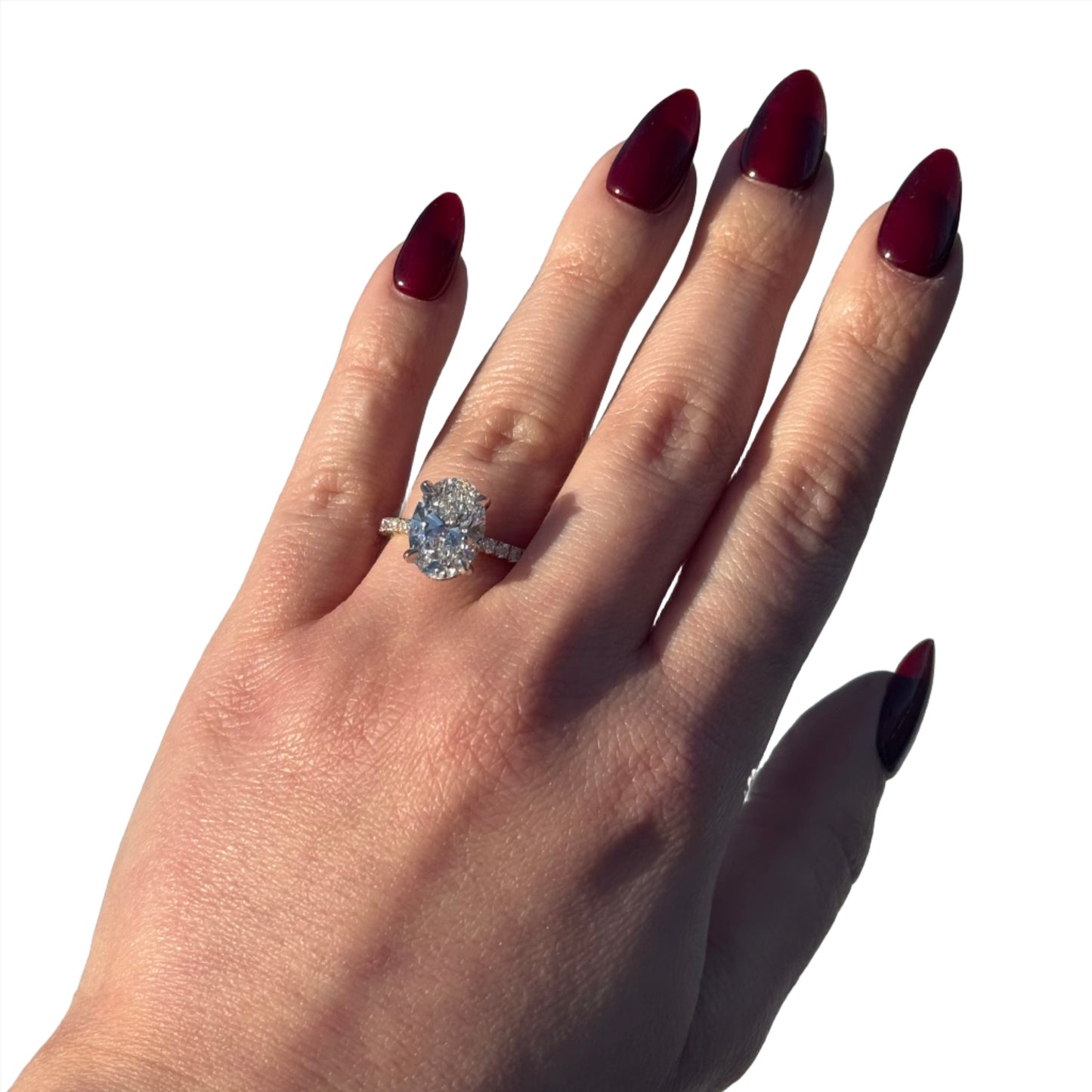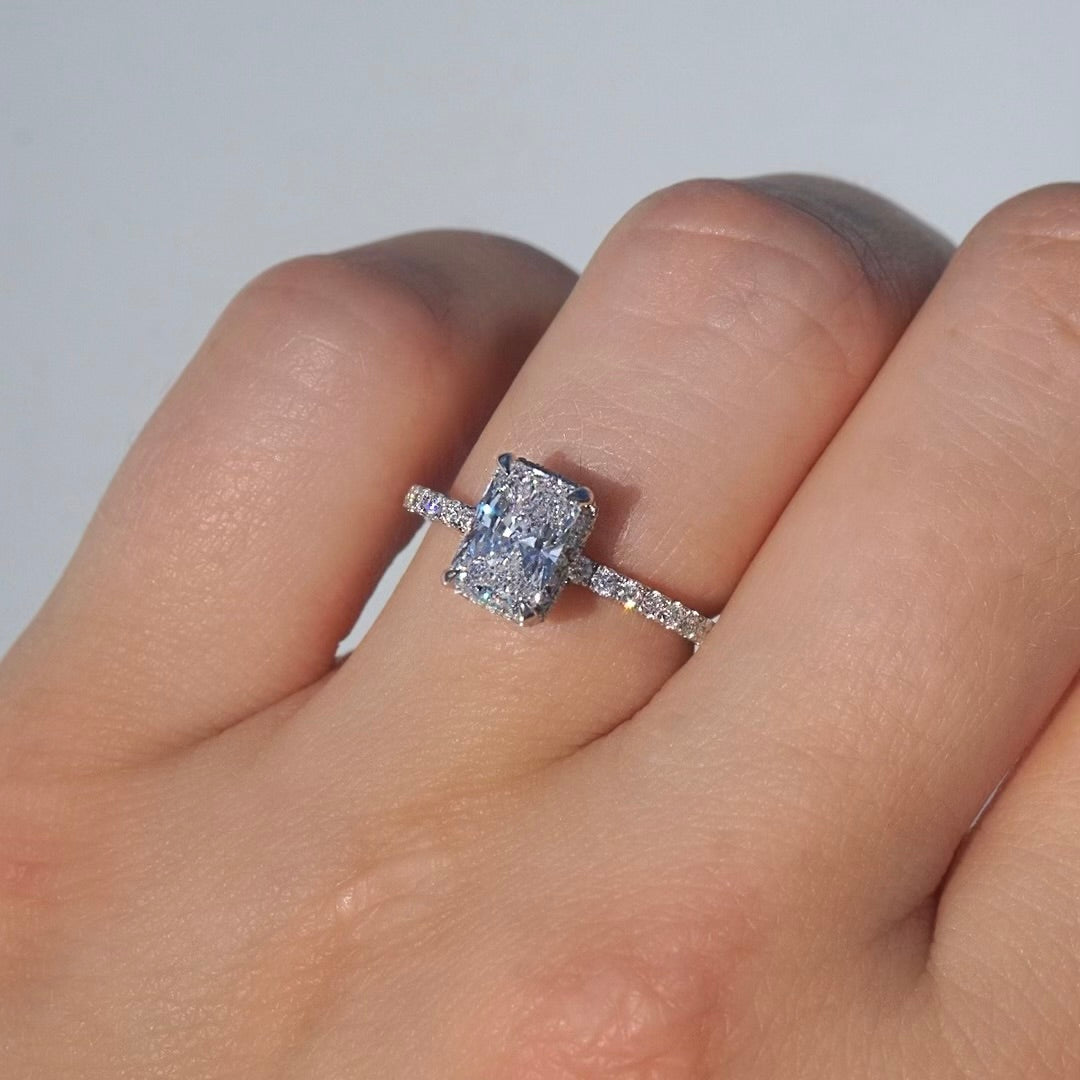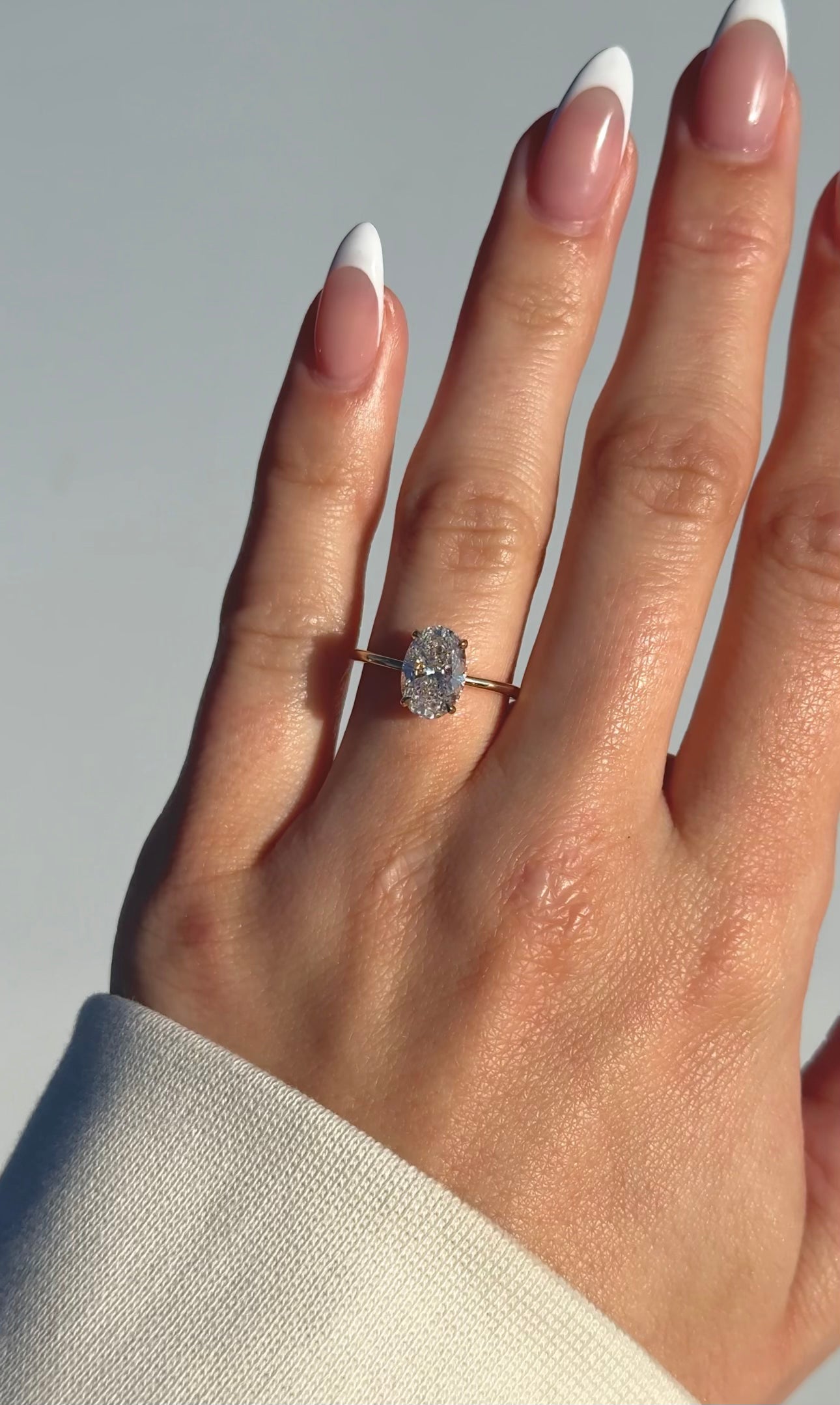
The legacy of Rolex's history is intimately tied to the innovative mindset of its founder, Hans Wilsdorf. Back in 1905, Wilsdorf and Alfred Davis established a London-based company that focused on timepiece distribution. It was during this time that Wilsdorf envisioned a wrist-worn watch.
Despite wristwatches being less accurate then, Wilsdorf anticipated their potential to not only be stylish but also dependable. To ensure trust in his groundbreaking watches, he outfitted them with precise movements sourced from a Swiss company based in Bienne.
The journey of Rolex showcases a strong drive, clever ideas, and a constant pursuit of perfection. Understanding Rolex's history is essential as it provides insights into the brand's heritage, values, and innovation, allowing enthusiasts to appreciate its significance in horology and its enduring legacy in luxury watchmaking.
Read on to learn how Rolex became the most renowned watchmaking company in the world!
A Significant Year: 1908 and the Genesis of Rolex
Wilsdorf trademarked "Rolex" and established their inaugural Swiss watch office in La Chaux-de-Fonds, aiming for a universally pronounceable brand. "Rolex" was chosen for its ease of pronunciation and resemblance to the sound of a watch being wound, as per Wilsdorf's vision.
Initially focusing on movement quality, Rolex's pursuit of precision quickly paid off, culminating in 1910 when they became the first wristwatch to earn the Swiss Certificate of Chronometric Precision from Bienne's Official Watch Rating Centre.
Just after 4 years, a Rolex wristwatch received a class "A" precision certificate from the Kew Observatory in Great Britain, traditionally reserved for marine chronometers, cementing Rolex's reputation for precision. Rolex relocated to Geneva, globally recognized for watchmaking, establishing Montres Rolex S.A. in 1920.
Production Milestones: 1926–1945
In 1926, Rolex introduced the "Oyster," the first dust and waterproof wristwatch, boasting a sealed case for enhanced movement safeguarding. Proving its claim of waterproofness, a Rolex Oyster worn by swimmer Mercedes Gleitze crossed the English Channel in 1927, enduring over 10 hours of swimming while maintaining perfect functionality.
Following the Channel crossing, Rolex published a front-page ad in the Daily Mail, heralding the waterproof watch's success and introducing the Testimonee concept.
In 1931, Rolex introduced something awesome: the first self-winding mechanism with a Perpetual rotor. Now, this clever invention remains the beating heart of every contemporary automatic timepiece!
Back in 1933, as mountaineers soared over Everest, they relied on their trusty Rolex Oysters, performing flawlessly and keeping spirits high! The Datejust, an icon, boasted self-winding magic and a sleek design. Its Jubilee bracelet and fluted bezel made it the ultimate symbol of Rolex's timeless Oyster Perpetual collection.
Pioneering Adventures: Watches of Achievers
Back in the early 1950s, Rolex crafted Professional watches that were more than just timekeepers—they were tools tailored for serious jobs like deep-sea diving, scientific discovery, flying, and climbing. These watches sparked excitement and earned the title of "watches of achievers" for their reliability and versatility!
Taking cues from the incredible tales of human exploration, the Explorer, born in 1953 to honor Everest's conquest, quickly became a beloved icon. Moreover, the Submariner splashed onto the scene in 1953 as the very first diver's watch, ready to take on depths of up to 100 meters (330 feet). Plus, with its handy rotating bezel, divers could easily keep track of their time underwater!
The GMT-Master, beloved by globetrotting professionals and endorsed by iconic airlines like Pan American World Airways (Pan Am), sported a distinctive two-tone bezel to mark both daytime and nighttime hours.
The Day-Date premiered as the first wristwatch featuring the full spelling of the date and day of the week, exclusively in 18 ct gold or platinum, coupled with the iconic President bracelet, maintaining its status as the watch of choice for influential individuals. In 1957, Rolex introduced the Lady-Datejust, bringing the enduring charm and practicality of the date chronometer into a smaller, feminine package.
Launched in 1963, the Cosmograph, renamed Daytona, was tailored for endurance racing drivers with robustness, waterproofing, and a tachymetric scale. Four years later, the 1967 Sea-Dweller debuted, waterproof to 610 meters (2,000 feet), featuring a helium escape valve for professional deep-sea divers' needs during decompression.
Expanding Rolex
Rolex introduced the Explorer II, perfect for polar explorers and cave adventurers, with a handy 24-hour hand for dark places. Teaming up with Comex, leaders in deep-sea exploration, they backed Rolex Sea-Dweller watches. To celebrate 50 years of Oyster, Rolex launched the Awards for Enterprise, aiding global projects. They also unveiled the Sea-Dweller 4000, which is waterproof to 1,220 meters.
Oystersteel, part of Rolex's corrosion-resistant 904L steel family, has been in watch cases since '85. Rolex, a key supporter of offshore races, unveiled the Yacht-Master in '92, deepening its ties to sailing. The self-made Calibre 4130 has driven the Cosmograph Daytona since '00, while the Rolex Mentorship has nurtured artists worldwide since 2002.
Rolex's Cerachrom bezel, born after five years of research, ensures both durability and elegance in extreme conditions. Crafted from robust ceramic, it resists scratches and maintains color, while the blue Parachrom hairspring provides magnetic resistance and precision.
The Yacht-Master II introduces a programmable countdown and Ring Command system, while the Sky-Dweller offers a dual time zone and innovative annual calendar. Rolex further impresses with the Deepsea Challenge, a diving watch tested to 12,000 meters, and GMT-Master II models featuring unique two-color Cerachrom inserts.
Rolex stepped up its game with the Calibre 2236, featuring a Syloxi hairspring for stellar performance in smaller watches, signaling a new era of Rolex movements. They're not just about watches—Rolex is all in for architecture, too, teaming up with La Biennale di Venezia to shape architectural innovation worldwide.
Rolex, a silver screen star for decades, became the Exclusive Watch of the Academy in 2017 and a key backer of the Academy Museum of Motion Pictures. They're also big on saving the planet, grouping forces under the Perpetual Planet Initiative in 2019 to support explorers, scientists, and citizens working for a brighter future. Rolex’s advancements have made a lasting impact on the watchmaking industry, highlighting the founder's relentless pursuit of perfection.
Are you in search of a Rolex timepiece? Happy Jewelers provides exclusive access to Rolex watches to meet your needs.
Conclusion
With a rich history spanning over a century, Rolex has consistently pioneered innovations and excellence within the watchmaking sphere. From pioneering waterproof designs to groundbreaking movements, each chapter of Rolex's history is marked by a relentless commitment to quality, craftsmanship, and improvement.
As one of the foremost luxury watch brands globally, Rolex epitomizes style and sophistication, making its timepieces coveted symbols of excellence and refinement.




